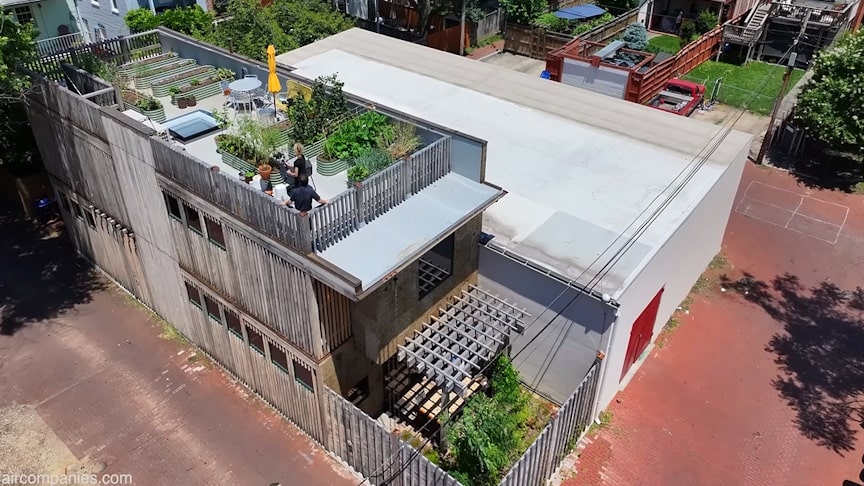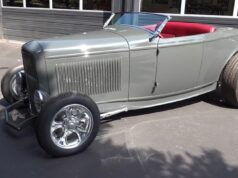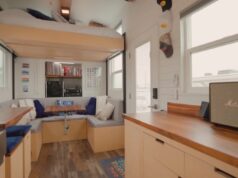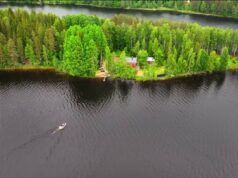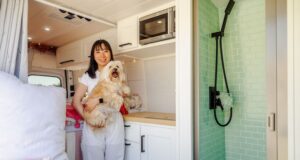Tucked away in a Capitol Hill alley, Jack Becker and Maddie Hoagland-Hanson’s Brown House is a lush oasis in the heart of D.C., meant to provide much more than habitation: its levels and indoor/outdoor permeability help Becker, an architect, and Hoagland-Hanson, a horticulturist, rest, play, and work at their place.
source.image: Kirsten Dirksen
Their “Brown Home” is a testament to BLDUS, a studio where Becker and his colleague Andrew Linn are experimenting with vernacular architecture at a reasonable price (both co-founders designed an infill alleyway house from the ground up to build with their respective families).
Using locally sourced, minimally processed materials like structural bamboo, wool insulation, and black locust lumber, Becker transformed a narrow lot into a healthy home that uses products that are ultimately compostable/biodegradable.
Advertisement
The place also feels right for them, tailored to their vision of what living in the city could be, as well as the use they give to every space along the year: passive cooling, ample natural light, and a rooftop garden extend the home’s potential. More than just a residence, this cork-clad experiment challenges how we build in cities. Could this be the future of urban infill?

